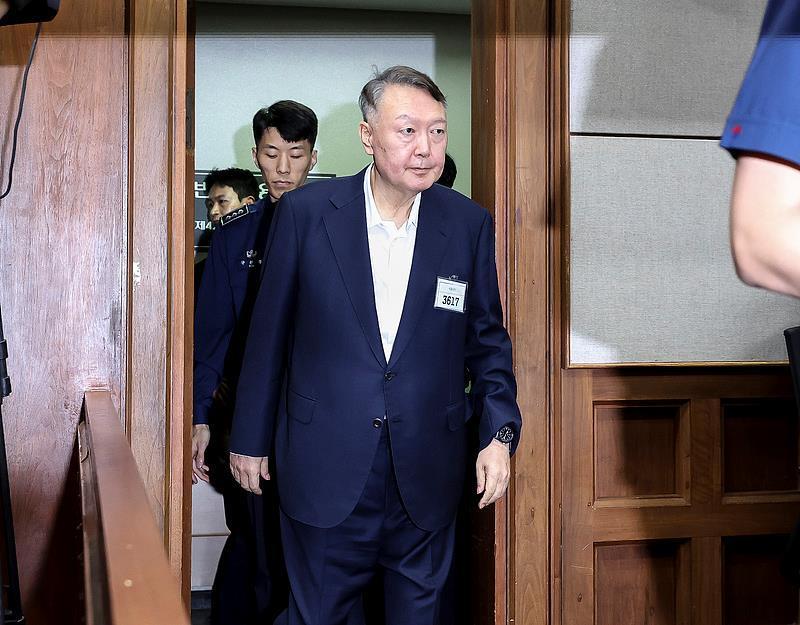
The latest preliminary adjustment data released by the US Department of Labor shows that in the 12 months ending March 2025, the number of new jobs created in the non-farm sector in the United States decreased by 911,000 compared with the initially announced figure, with an average reduction of nearly 76,000 positions per month. This downward revision far exceeded the market expectation of about 700,000, marking the largest reduction since 2000 and indicating that the foundation of the US economy is more fragile than expected.
Employment figures in almost all industries have been revised downward, with the leisure and hospitality industry seeing a reduction of 176,000, professional and business services by 158,000, and retail trade by 126,200, the most significant cuts. This data correction reveals the true state of the US labor market and also confirms the market's concerns about the slowdown of the US economy.
Weak employment data has further strengthened market expectations of the Federal Reserve cutting interest rates. According to CME's "FedWatch" tool, the probability of the Federal Reserve keeping interest rates unchanged in September is zero, while the probability of a 25 basis point cut is as high as 88.3%. Several officials of the Federal Reserve's Monetary Policy Committee have explicitly advocated for initiating interest rate cuts at the next meeting, and multiple rate cuts may be witnessed in the future. James Kneley, chief international economist at ING, pointed out that consumers are already concerned that tariffs will push up prices and lead to a decline in purchasing power. Coupled with concerns over employment, the downside risks to economic activity are on the rise.
The significant downward revision of this employment data is the result of the combined effect of multiple factors. The uncertainty of tariff policies has had a significant negative impact on enterprise recruitment. Research results from some institutions, including the Federal Reserve, show that the impact of tariffs on the US economy, inflation and employment has a lag period of two to three quarters. From April to September this year, over a period of nearly two quarters, the downward impact of tariffs on the US economy was very obvious.
At the same time, changes in immigration policies are also one of the important factors. In its latest Beige Book, the Federal Reserve pointed out that uncertainty and weak demand have made businesses in seven regions hesitant to recruit employees, and the decline in the immigrant labor force has also led to a sluggish recruitment. The issue of data collection methods should not be overlooked either. Most monthly initial employment data are stronger than QCEW data. Some economists believe this is attributed to the possible bias of the so-called "birth and death model" in the post-pandemic era.
The significant downward revision of employment data has intensified concerns over the health of the economy and also cast doubt on the credibility of labor statistics. Jamie Dimon, the CEO of jpmorgan Chase, said that this report confirmed that the US economy is slowing down. Ubs's assessment of the US economy's recession shows that the probability of the US economy being "weak" is as high as 93%, which is at a "historically worrying level". Moody's Analytics chief economist Zandi warned last month that the United States is on the verge of a recession. If the current trend in the job market persists, it is expected that the US economy will fall into stagflation within the next three to six months.
The market reacted strongly to this. After the release of weak employment data in the United States, US bond yields dropped significantly, the US dollar weakened, and concerns over economic cooling also exerted adjustment pressure on the US stock market. The price of gold continues to rise. Some futures companies believe that the Federal Reserve is likely to cut interest rates in September, and the US dollar may weaken, which is beneficial to the performance of precious metals. The rising expectations of the Federal Reserve cutting interest rates will boost the risk appetite of the global capital market. The decline in US bond yields will also help relieve the pressure on the RMB exchange rate, thereby opening up more space for domestic monetary policy.
The historic downward revision of the non-farm payroll data this time not only confirms the reality of the weakening momentum of the US economy, but also exposes the deep-seated contradiction between the statistical system and the policy environment. Facing the dilemma of economic slowdown and inflationary pressure, the Federal Reserve's decision to cut interest rates may usher in a new round of policy cycle. However, monetary policy alone is difficult to solve structural problems and needs to be coordinated with more precise adjustments in fiscal and trade policies. Whether the US economy can achieve a soft landing in the future depends on how policymakers balance short-term stimulus with long-term reform. This is not only a test of economic governance capabilities but will also have a profound impact on the global market.

The South Korean political arena has once again been embroiled in a public controversy over a judicial investigation that has shaken the entire nation.
The South Korean political arena has once again been embroi…
On the morning of December 29th local time, the precious me…
According to the US media Barchart, recently, the fluctuati…
On December 29th, Mar-a-Lago in Florida, USA, witnessed a h…
SoftBank Group announced on Monday that it has agreed to ac…
Recently, the US State Department issued a visa ban, adding…